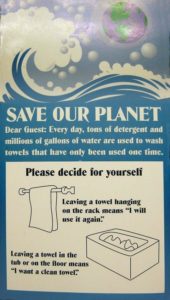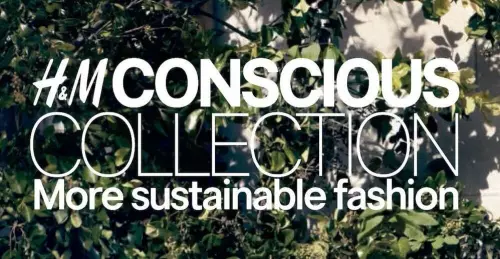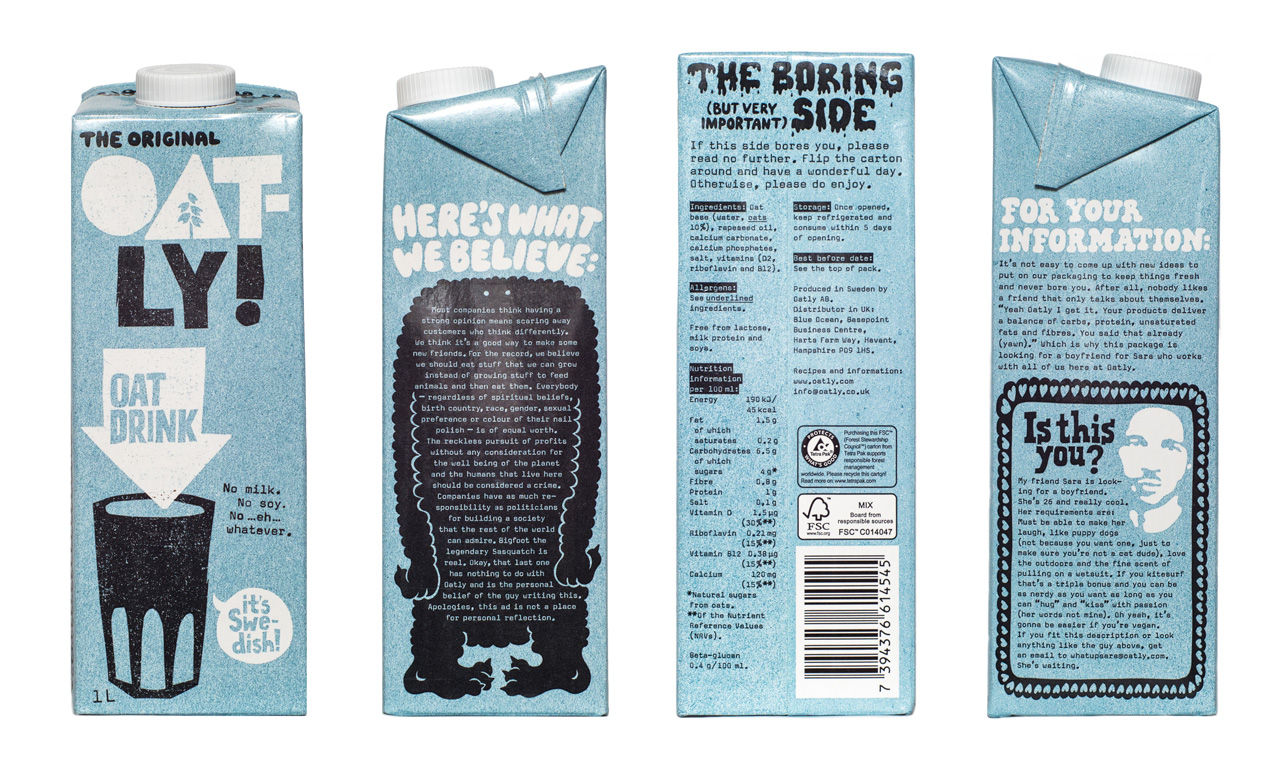As the general public is gaining awareness of sustainability and the critical importance of protecting the environment, companies try to adopt greener practices to gain consumers’ favour. It is good that people are putting more effort into building a sustainable future. However, some of them are simply putting up an illusion so that they can stay relevant which is where the term ‘greenwashing’ comes from.
What is greenwashing?

Greenwashing is when a company tries to put up a false green image of itself. It is a marketing strategy that companies use to impress their customers that they are environmentally sound. The term ‘greenwashing’ was first created by the ecologist Jay Westerveld in 1986 satirising hotels encouraging residents to ‘use fewer towels to waste less water’ when in reality they were simply trying to use sustainability as a facade so that they can spend less money on washing towels.
30 years later, greenwashing has grown drastically with a more polished marketing strategy to cover up arguable environmental records. Greenwashing is ubiquitous and we can see it in companies from different industries whether it’s fashion, F&B, banks, etc. A prime example of greenwashing would be Starbucks’ straw-less lid to stop people from using plastic straws. It sounded like an amazing idea until people discovered that there is more plastic in the new lid than both the straw and lid combined. 
Why do companies greenwash?
Ultimately, corporations only care about making money and the sustainability industry has a huge market opportunity. According to the global developer and operator Unibail-Rodamco-Westfield (URW), 90% of people are willing to pay a premium for a sustainable product. What does this mean? This means that at least 60% of people are happy to pay for a sustainable product with a 10% markup. Companies acknowledge that hence they would market ‘sustainable’ products to consumers in an attempt to build a green image and attract customers.
Why is greenwashing bad?
I think it is obvious that such a practice is unethical as it deceives people who are passionate about protecting the environment. As an environment enthusiast, I was thrilled to learn about photodegradable plastics as they seemed useful and friendly to the environment. However, I was annoyed when I realised that they are not as helpful as they were advertised. It is impossible to break down the plastic in the landfill since there is barely any light.
What is more, these ‘sustainable’ products are often sold at a premium (a challenge that we are trying to tackle. Sign up here to learn more about our solution). Essentially, you are paying more money to purchase a deceiving product that does not even meet their claims.
Complete guide to spot greenwashing
Lack of Disclosure

Companies would often selectively highlight the eco-friendly aspects of their products while selectively hiding the negative impacts of their businesses. For example, many big names in fast fashion are implementing their own sustainability campaigns including clothes recycling programmes to encourage public actions while continuing to produce a large quantity of unsustainable clothing. Take H&M as an example, the fast-fashion promotes sustainable actions on one hand by creating a sustainable fashion line hiding the fact that they produce an estimated 3 billion garments per year.
Look behind the buzzwords

A lot of plant-based drinks like Oatly claim that their products ‘save the planet’ as they have much lower carbon emissions in comparison to dairy milk. While it is true that the carbon emission of plant-based milk is lower, we have no idea about their supply chain and whether the ingredients they use are sustainably sourced.
A tip to make sure you are supporting a company with a good core is to look for stamps of approval from credible organisations such as B-Corporations which is a good indicator of legitimacy.
Invest in research
It is a shame that there is no easy way to a truly sustainable path due to greenwashing so the best way is to always do your research and look for authenticity. The best way to do this is to research down to its roots – the supply chain.
However, not all companies are willing to disclose their supply network because that might expose them to their insubstantial claims. Even if some are willing, they might not be able to tell you every little detail since they might not know the information either.
This is where blockchain comes along. It allows you to track the tiniest detail about where each material is sourced and such technology has actually been implemented by many sustainable fashion companies including Tentree which partners with Textile Genesis to ensure the traceability of their products. In Green Token, we believe in transparency and traceability. Hence, we keep everything on-chain as well so that your support and core belief are not sacrifices of marketing strategies.
Finally, greenwashing happens because sustainability sells. Therefore, it is crucial for consumers to understand the mechanism behind them and identify them so that we will not fall victim to greenwashing and work together towards a common goal to protect our planet.
